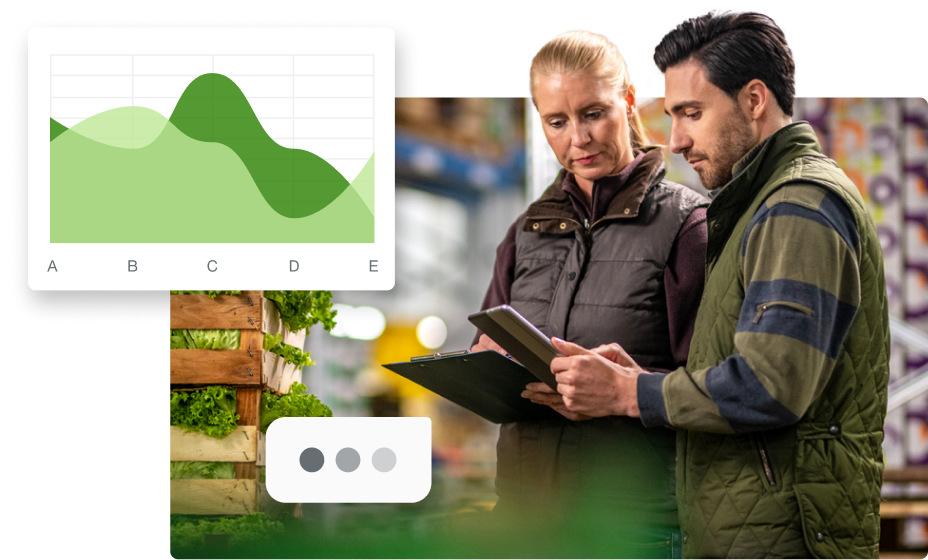Where else should you be selling your product?

Foodservice channel sales development is typically complex and labour intensive, but it doesn’t have to be like looking for a needle in a haystack.
Because the foodservice sector is so fragmented, it is complex and difficult to service. It’s also challenging to determine where to be, because you can’t be everywhere. It can be challenging to get visibility of the end sale by outlet because of complex channel go-to-market and tiered distribution operations. So how do you determine where you should be selling your products?
The big questions in determining where to sell
The biggest channel development questions are based around where to be and where not to be, with what, and how to play there from a retail execution standpoint – range, space, merchandising, pricing, promotion etc. Underpinning the “where to be” strategy are questions around size of prize versus cost and ease of service: channel concentration or fragmentation, and channel segment or outlet fit. Consideration needs to be given to whether to roll up targeting strategy to a channel segment level, and whether to prioritize segments rather than looking at every individual outlet in a given geography or sales territory. You also need to consider whether to play the long but larger volume game of focusing on chains first, or whether to start with independent outlets so the sales team can get some early and potentially easier runs on the board in order to stay motivated.
Mapping where to play
Start with mapping foodservice channel segments, and the size and structure of each. Typically, foodservice is segmented into:
Restaurants (both chains and independents)
Cafes (chains and independents)
Pubs, bars and brewpubs (mostly independents)
QSR (quick service restaurants) mostly chains, including outlets in mall food courts and some standalone outlets)
Takeaway only
Convenience stores with foodservice and fresh items (mostly chains)
Food trucks
Country-specific foodservice formats such as diners in the USA and street stalls in many Asian markets
Because of the size of the foodservice sector, mapping it in detail can be labour intensive. This can be more difficult when independent outlets have no POS systems or outdated/simplified ones, so accessing and collecting their sales data can be tricky. You may need to make some educated guesses. But there are some shortcuts. Aside from reports available from industry associations and business-to-business based research reports from research and management consulting houses, databases are available to take some of the grunt work out of mapping and sizing the foodservice outlet universe. TELUS Consumer Goods, for instance, has mapped relationships between foodservice customers, products and sales teams and gathered them in a foodservice database. Further, our TELUS Sales Enablement system is preloaded with this data, minimizing the database upkeep required and reducing administrative time and supporting sales activation.
Making it easier to play there
Mapping the outlet universe, answering the strategic channel development questions, and using a pre-loaded CRM system all help in optimizing your existing outlet universe. You may decide to relinquish some outlets and outlet types based on their low sales volumes, cost to serve, or lack of fit with your new strategic channel segment priorities. Using a pre-loaded foodservice CRM helps you get everything all in one place, so you have visibility of the full picture, in real time. And along with a foodservice-specific sales enablement software solution, call plans and execution are automated and customer sales activity and purchasing histories are available in real time. This enables sales teams to show the most relevant products to their customers at the right time. In addition, you can easily track contract lifecycles, monitoring claims, matching deductions and tracking budgets. By understanding and mapping the outlet universe, determining your channel and outlet priorities using strategic questions and a pre-loaded CRM database, and employing a sales management software solution, you can ensure you’re not missing “where else could we be?” opportunities while calling on unprofitable accounts. Learn more about foodservice sales enablement solutions.

